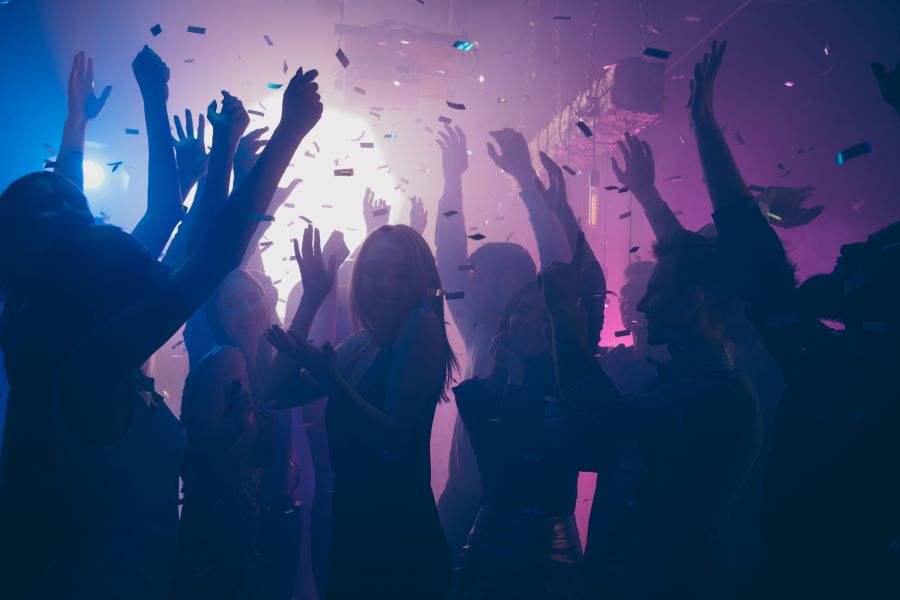School dances are more than just a chance for students to let loose and have fun; they’re opportunities to create lasting memories and foster a sense of community. Behind every successful school dance lies a crucial element that often goes unnoticed: effective communication between the DJ, event organizers, and school staff. In this article, we’ll explore why communication is the cornerstone of a remarkable school dance experience and how it ensures that the event meets everyone’s expectations.
1. Collaborative Planning Sets the Stage:
A well-executed school dance requires meticulous planning. Effective communication from the initial stages ensures that the DJ and event organizers are on the same page. Discussing event goals, themes, preferred genres, and specific requirements helps craft a roadmap for the evening’s entertainment. Collaboratively planning the event sets the stage for a seamless experience that resonates with students and aligns with the school’s vision.
2. Tailoring Music Selection to the Audience:
School dances boast diverse audiences, ranging from first-year students to seniors with varied musical preferences. Engaging in open communication about the expected crowd allows the DJ to curate a playlist that strikes the right chord. By understanding the demographics and musical tastes, the DJ can weave a playlist that keeps the dance floor alive and caters to everyone’s preferences.
3. Adapting to Event Dynamics:
Effective communication enables DJs to adapt to changes in real time. Sometimes, unforeseen circumstances arise, such as shifts in the schedule or unexpected program additions. Connecting with event organizers and school staff empowers DJs to adjust their performance seamlessly, ensuring a smooth entertainment flow without causing disruptions.
4. Balancing Musical Choices and School Guidelines:
School dances often have guidelines and restrictions when it comes to song content. Being aware of these guidelines and communicating with event organizers ensures that the chosen music adheres to school policies while delivering an engaging experience. Avoiding conflicts between music choices and school values is essential for maintaining a positive atmosphere.
5. Creating a Cohesive Atmosphere:
The atmosphere at a school dance plays a significant role in determining its success. Effective communication allows DJs to align their performance with the overall vibe of the event. If the school dance aims for a formal atmosphere, knowing this beforehand enables the DJ to select appropriate music and create a cohesive ambiance that resonates with attendees.
6. Ensuring Technical Compatibility:
Adequate communication ensures the DJ’s technical requirements align with the event venue’s capabilities. Sharing information about equipment needs, setup preferences, and potential challenges helps prevent last-minute technical hiccups that can disrupt the event’s flow.
7. Feedback Loop for Continuous Improvement:
Post-event discussions between DJs, event organizers, and school staff are invaluable. Constructive feedback helps DJs refine their performance and enhance future events. By openly discussing what worked well and areas for improvement, everyone involved can contribute to creating even better school dance experiences in the future.
Effective communication is the secret ingredient that transforms a school dance from ordinary to extraordinary. When DJs, event organizers, and school staff collaborate closely, the event aligns with the school’s vision, resonates with the students, and creates unforgettable memories. By nurturing this communication, school dances become successful events and reflect the strong bonds within the school community. Book Raptor Productions ahead of time so your school has the best dance experience possible!

